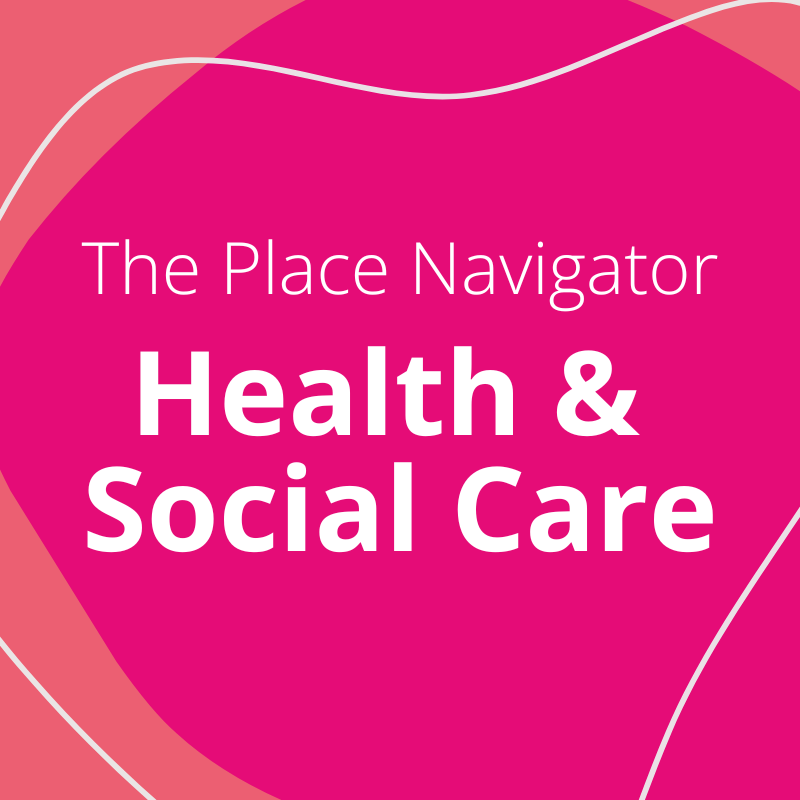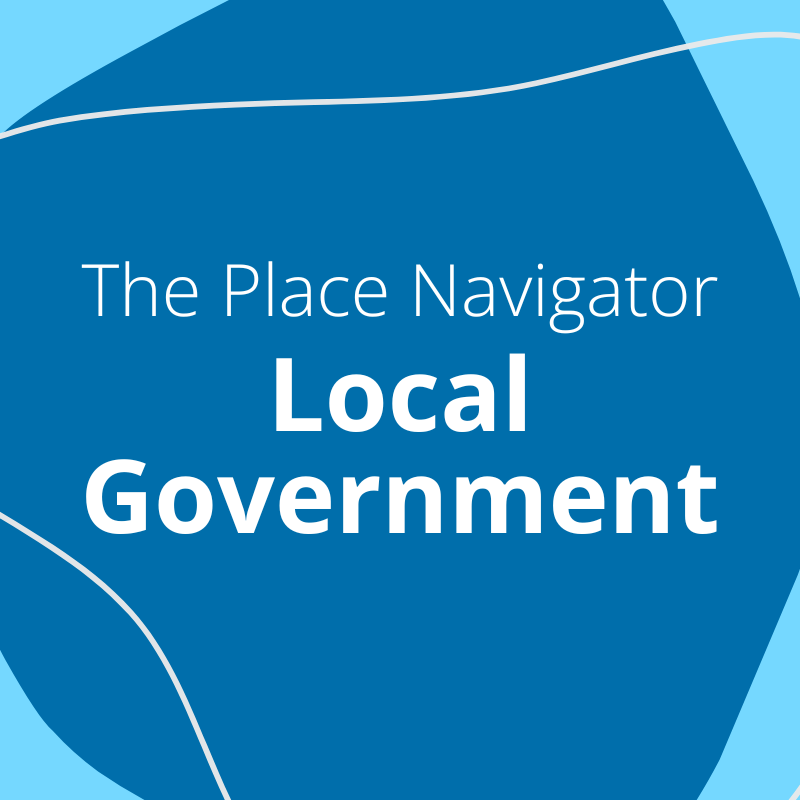Overview
The Arts, Culture, and Heritage sector in England is diverse, encompassing a wide range of organisations, from major cultural institutions to creative industries, to grassroots community arts groups.
We've broken it down into the four key areas:
- Cultural Institutions: Museums, science centres, galleries, theatres, libraries, and historic sites, often funded by a combination of public, private, and philanthropic sources.
- Arts Organisations: Includes performing arts companies, visual arts collectives, and creative industries, many of which rely on Arts Council England or local authority funding.
- Heritage Bodies: Organisations dedicated to preserving and promoting cultural and historic heritage, such as the National Trust and Historic England.
- Creative and Digital Industries: includes advertising and marketing, architecture, crafts, design and designer fashion, film, TV, radio and photography, publishing, and IT, software, and computer services (including video games).
The sector is supported by a mixture of public funding, private donations, and earned income, with Arts Council England playing a central role in distributing government and lottery funding.
Key Agendas
Successful collaboration starts with truly understanding what matters to your partners. Here's a quick guide to some of the key agendas you might come across when working to develop relationships in this area
Decolonisation and equity
Decolonisation and equity are key issues that cultural organisations are looking to address in their operations and work with the public. In reality this might look like:
- Re-examining, reinterpreting, and contextualising collections, archives, and cultural outputs with communities whose histories have been marginalised or misrepresented.
- Co-producing exhibitions, performances, and events that centre global majority voices and challenge colonial legacies in content and form.
- Engaging in ethical debates and action around repatriation, cultural memory, and institutional accountability.
- Collaborating with academics, artists, and communities to develop decolonial methodologies and pedagogy.
- Creating inclusive decision-making structures and pathways into leadership for people from global majority backgrounds.
Place based cultural regeneration
Cultural organisations are often at the heart of a community, working to deepen communities' connection with culture and support them in developing cultural identity. They also play a role in regenerating places:
- Contributing to local development: Collaborating on projects that revitalise high streets, public spaces, and post-industrial areas through cultural interventions.
- Aligning with local and regional priorities to improve access to culture, particularly in underserved communities.
- Cultural infrastructure sharing, co-developing or co-locating spaces (e.g. galleries, studios, archives) to reach wider audiences and many needs
Inclusion and accessibility
Cultural organisations often want to reach new audiences and be inclusive to audiences with a range of lived experiences. In practice this might look like:
- Widening participation in culture: Engaging young people and underserved communities, and first-time audiences.
- Working with communities on participatory programmes and cultural projects that reflect diverse stories and local identities.
- Initiatives focused on social prescribing, neurodivergent-friendly programming, or trauma-informed work.
Sustainability and climate action
Cultural organisations connect with the climate change agenda in a vairety of ways, through:
- Protection of built and natural heritage from climate risk.
- Decarbonising and retrofitting heritage assets in compliance with planning rules.
- Using arts and culture to engage the public with climate change and ecological justice.
- Protecting green spaces and increasing the biodiversity of their sites.
Top Tips for Working Together
Here are some key insights to help you collaborate more effectively with other actors in your place:
Understand the Sector's Needs & Local Landscape
Before reaching out, it's crucial to familiarise yourself with the local arts, culture and heritage ecosystem. Use the birds eye view below to get an idea of the remits of different organisations and the levels they operate at.
- Familiarise yourself with the key challenges and priorities of local arts, culture, and heritage organisations. This could include funding pressures, accessibility, and sustainability.
- Look for organisations or individuals that align with your goals, values or have the skills and audiences you'd like to engage with.
- Use platforms like LinkedIn, Arts Council directories, and local arts networks to find suitable collaborators. Join or collaborate with cultural networks and partnerships to find out about funding opportunities and current projects. Examples include Arts Council regional networks or Creative Local Enterprise Partnerships.
- Which organisations are you interested in working with?
- Review their website to understand their focus and how they work.
- What are their strategic aims?
- How are they funded?
- What's important for them?
- Why would they want to partner with you?
Identify existing networks and forums:
- Reach out to people in your network who may already have connections in the arts. Ask for introductions or recommendations.
- Attend events and networking opportunities: Go to exhibitions, performances, industry events, and networking meetups. Engage with the creative community to make connections and understand the sector better.
- Participate in Creative Workshops or Forums: Join workshops, artist residencies, or industry forums to collaborate and learn from professionals. These settings can provide insight into the sector and open doors for future partnerships
Approaching organisations
Engaging arts, culture and heritage organisations from the outset, rather than after your research or project is designed, will help foster collaboration and ensure the research, or partnerships aligns with their needs. Early involvement can include workshops, focus groups, or advisory panels with education professionals, students, and other staff. It's important to consider the following when making opportunities to connect:
- Meet people where they are; this might be running meetings in their settings, using accessible language and finding out what they would want out of a partnership.
- Be in listening mode, don't try and push your agendas or research, listen to what organisations want and need, and think about how you can work together.
- Get to know individuals; build relationships not just projects, find out their purposes and reasons for working in the cultural sector.
- Be prepared for it to take time to build a relationship.
- Speak their language; how do they talk about their work on their website and in strategic documents? Talk about what you work on in their language.
- Identify a common 'why' for working together and build a mutaully beneficial partnership.
Existing Relationships in your University
Universities are made up of many departments, faculties, schools etc., all of these are made up of individuals who may already have existing relationships with Arts, Culture and Heritage organisations. It's really important to respect existing relationships and work with colleagues who have already spent time and care building them.
Where might partnerships already exist in your university?
Teaching
Look for departments or programmes with creative, historical, or cultural focus. These often include:
- Art, design, architecture, history, archaeology, heritage studies, film and media, literature, performing arts, museum studies, or cultural studies.
These programmes may have partnerships with local museums, galleries, archives, theatres, festivals, or arts charities.
- Community engaged learning / service learning may involve live briefs, student placements, co-produced projects, or public-facing exhibitions and performances.
Reach out to:
- Programme leaders or Heads of Department in relevant disciplines
- Placement or work-based learning coordinators
- Staff involved in creative skills development or employability initiatives
Check whether the university has:
- A university gallery, archive, or performance space that hosts public events
- Cultural partnerships with local venues, festivals, or artist networks
- Student shows, end-of-year exhibitions, or public showcases
Attend public events, faculty-led talks, or exhibitions to identify active collaborators.
Research
Many universities conduct research with the cultural sector, from practice-based arts research to critical heritage studies, from policy evaluation to participatory methods.
Browse university research centres or group websites for themes like:
- Cultural value, decolonisation, heritage and memory, creative placemaking, cultural policy, or socially engaged arts
- Projects co-developed with museums, cultural organisations, archives, or local artist collectives
Look for:
- Outputs such as co-produced exhibitions, oral histories, artist residencies, or digital storytelling
- Policy papers or evaluation work on access, inclusion, and engagement in the arts
- Research with cultural funding bodies, city culture teams, or national networks
Reach out to:
- Centre Directors, Research Fellows, or Practice-based Researchers
- Leads in public engagement or arts-based methods
- Staff involved in REF impact case studies related to culture or heritage
Attend research seminars, gallery talks, artist-researcher roundtables, or knowledge exchange showcases.
Operations
Cultural engagement doesn't just happen through academic work, it can also be embedded in university operations.
Check how the university uses its:
- Spaces; are there galleries, theatres, or public art installations open to the community?
- Collections; does it hold archives, historic buildings, or art collections?
- Communications; does it celebrate and promote its creative partnerships locally or nationally?
Look for:
- Partnerships with cultural festivals or city-wide events (e.g. city of culture bids)
- Commissions or acquisitions from local artists
- Staff-led public programming, such as exhibitions, lunchtime concerts, or community storytelling events
Reach out to:
- Curators, Gallery Managers, Public Programmes Leads
- Estates or Events Teams
- Archive or Special Collections staff
Central Activity
Cultural collaboration may also be part of your university's regional strategy.
Look at key documents such as a:
- Civic Agreement, cultural strategy, or community engagement plan
- University's involvement in place-based initiatives such as town centre regeneration, tourism strategies, or creative economy planning
Reach out to:
- Director of Civic Engagement, External Relations, or Public Affairs
- Leads for Culture or Place in the Vice-Chancellor's Office
- Knowledge Exchange staff specialising in the creative industries
Attend university-hosted events such as culture summits, public lecture series, or policy roundtables that spotlight creative work.
Who might you work with?
Explore some of the key people you might partner with:

Artist / Performer
AKA: Maker, Sculptor, Photographer, etc.What do they do?
Artists and performers create and present art, whether visual (painting, sculpture, photography) or performance-based (theatre, music, dance). Their work often involves expressing ideas, emotions, or social issues and engaging audiences in thought-provoking ways.
Where you might find them?
Artists and performers can work in studios, theatres, galleries, music venues, festivals, or community spaces. They may also collaborate with schools or community groups.
What's important to them?
Creative expression, audience connection, collaboration, and maintaining their practice financially and logistically. They value authenticity, visibility, and support for the arts.

Creative Producer
AKA: Curator, Theatre ProducerWhat do they do?
Creative producers bring together the resources, teams, and vision needed to deliver artistic projects. They often manage budgets, schedules, and logistics while fostering collaborations between artists, venues, and funders.
Where you might find them?
Creative producers work in theatres, arts organisations, festivals, or independently across a variety of projects. They may also consult with local councils or community groups.
What's important to them?
Balancing artistic ambition with practical constraints, creating meaningful cultural experiences, nurturing talent, and ensuring projects are accessible and impactful.

Head of Learning
AKA: Engagement Lead, Education & Outreach ManagerWhat do they do?
Heads of Learning design and oversee educational and engagement programs in cultural institutions. They aim to make arts, culture, STEM and heritage accessible to diverse audiences, often focusing on schools, families, and community groups.
Where you might find them?
Museums, galleries, theatres, science centres and cultural centres. They often collaborate with schools, community organisations, and local authorities.
What's important to them?
Inclusivity, audience development, lifelong learning, and the role of access to culture, arts and heritage in education and well-being.

Museum Director
AKA: Head of Museum Operations, Head CuratorWhat do they do?
Museum directors oversee all aspects of a museum's operations, including strategy, curatorial decisions, fundraising, and engagement. They ensure the institution meets its mission to preserve and interpret collections for current and future generations.
Where you might find them?
Grant managers are employed by large funders, charitable foundations, or government agencies.
What's important to them?
Fairness, transparency, and impact. They are passionate about supporting innovative and meaningful projects while ensuring funding is accessible to underrepresented groups and communities.

Grant Manager
AKA: Funding Manager, Grants LeadWhat do they do?
Grant managers work for funding bodies, evaluating applications and distributing grants to support arts, culture, and heritage projects. They ensure funding decisions align with organisational priorities and oversee compliance with funding agreements.
Where you might find them?
Grant managers are employed by large funders, charitable foundations, or government agencies.
What's important to them?
Fairness, transparency, and impact. They are passionate about supporting innovative and meaningful projects while ensuring funding is accessible to underrepresented groups and communities.
Birds Eye View
Key organisations and structures, click on the organisation to find out more.
Government bodies:
National Bodies:
Public bodies:
Trusts & Foundations:
Associations & Networks
Regional and Local Level Arts & Cultural Organisations
Case Studies & Resources
Browse a range of other resources relevant to this infrastructure:

















